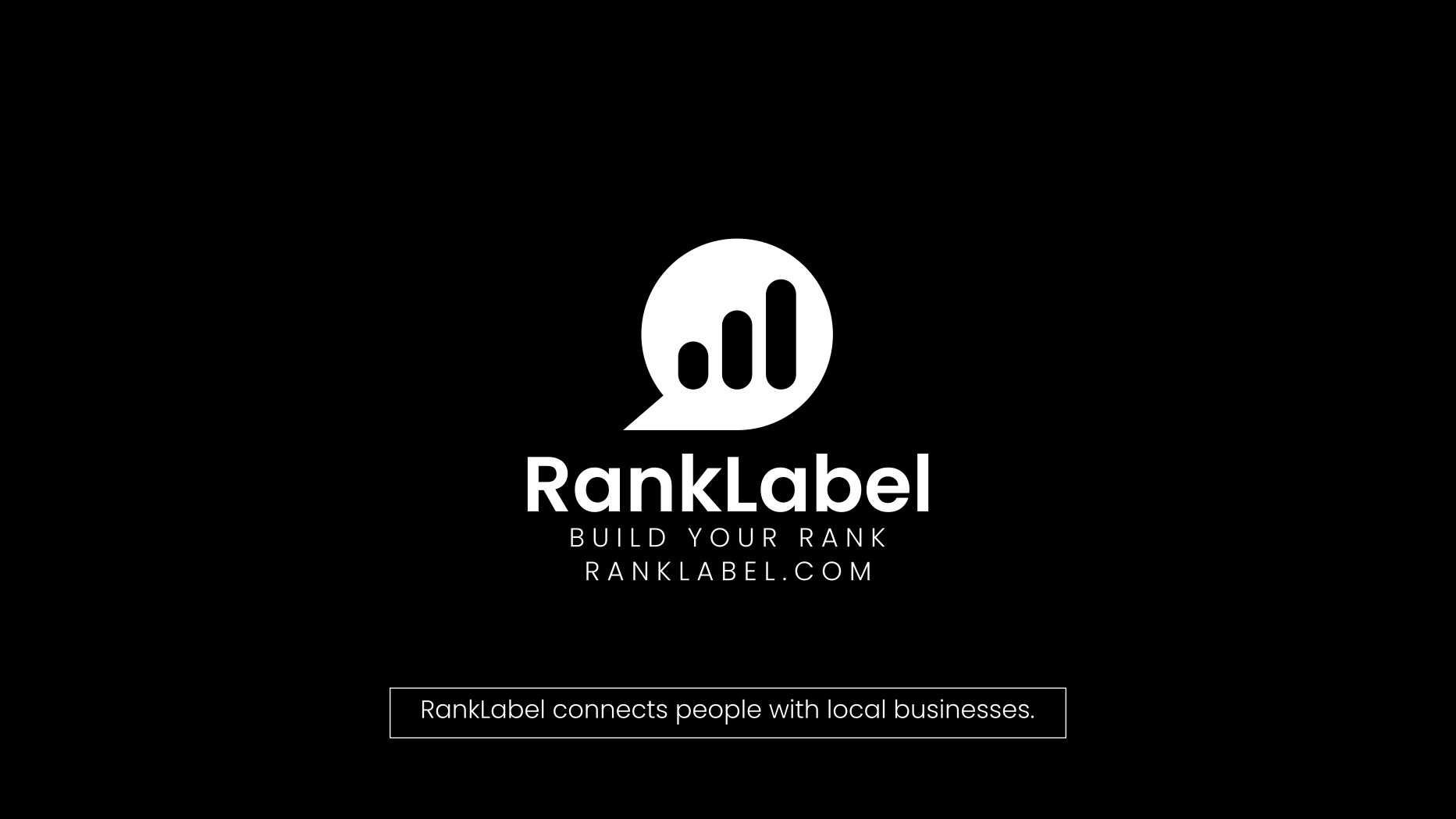The Surprising Connection Between a Pontiac Firebird and Modern 3D Printing Technologies

Just as the iconic Pontiac Firebird redefined the American muscle car with its sleek design and raw power, today's 3D printing technologies are revamping the industries of prototyping, architectural design, and end-use manufacturing. If the Firebird was about speeding ahead with its roaring engines on the highways, modern 3D printing is about accelerating the pace of innovation in labs and design studios across the globe.
Revolutionizing Prototyping and Production with 3D Printing
In the realm of product development, the transition from idea to physical model is crucial. With 3D printing, what once took weeks can now be accomplished in days. Let's explore how this technology is turbocharging the prototyping and production phases akin to how the Firebird's V8 engine boosted its acceleration.
The Benefits of 3D Printing in Prototyping
Prototyping is an essential step in product development. It allows designers to test and refine their ideas. Below, let’s explore the specific advantages that 3D printing brings to this crucial stage:
Key Advantages of 3D Printing for Prototyping
- Speed: Rapid prototyping speeds up the design cycle significantly.
- Cost-Efficiency: Reduces the need for expensive tooling and materials.
- Flexibility: Easily modify designs with minimal additional cost.
- Complexity: Create complex geometries that are impossible with traditional methods.
Just as a Pontiac Firebird could be customized with stripes and spoilers, custom 3D printing allows for endless personalization of prototypes without significant cost implications.
Scaling Up: 3D Printing in Production
While prototyping is critical, the ultimate goal is production. 3D printing is no longer just for prototypes but is a viable option for production runs, particularly when it comes to custom or limited-edition items.
List of Industries Benefiting from 3D Printing in Production
- Aerospace: For lightweight, complex parts.
- Medical: Custom prosthetics and surgical tools.
- Automotive: Custom tools and components.
- Fashion: Innovative designs and footwear.
This technology provides a competitive edge much like the distinctive offerings of the Pontiac Firebird in the car market, making products stand out through customization and innovation.
3D Printing for Architects: Building the Future
For architects, 3D printing opens up a new realm of possibilities. From models to functional components of buildings, the potential is vast and exciting.
Transforming Architectural Models with 3D Printing
The ability to quickly and accurately create scale models is invaluable in architecture. Here’s why 3D printing is becoming a cornerstone in architectural design studios:
Essential Benefits of 3D Printing for Architectural Models
- Precision: Detailed models that closely represent the final buildings.
- Speed: Quicker turnaround times for model creation.
- Material Variety: Wide range of materials to choose from, including transparent and flexible options.
- Sustainability: Less waste produced compared to traditional model-making techniques.
Similar to how a Pontiac Firebird stands out in a vintage car meet, a well-crafted 3D printed architectural model can be the highlight of any presentation, providing a tangible and impactful representation of the architect's vision.
Creating Functional Building Components
The applications of 3D printing extend beyond models into the creation of actual building components. This capability enables architects to push the boundaries of design and functionality.
Examples of 3D Printed Building Components
- Custom façade elements.
- Functional interior fixtures.
- Complex structural parts for modern constructions.
- Decorative elements personalized for specific projects.
Just as the Firebird was customizable to a driver's desire, these components can be tailored to exact architectural specifications, offering both aesthetic and functional benefits.
Designing Custom 3D Parts: From Imagination to Reality
One of the most significant advantages of 3D printing is the ability to create custom designs that meet specific needs without the constraints of traditional manufacturing processes.
The Scope of Custom 3D Designs
Whether it's a bespoke piece of jewelry or a specially designed part for a vintage car like the Pontiac Firebird, 3D printing brings the power of creativity and customization into the hands of designers and engineers.
Popular Applications for Custom 3D Designs
- Automotive parts for restoration projects.
- Bespoke furniture pieces.
- Customized wearable technology.
- Personalized medical devices and aids.
This flexibility is akin to choosing the exact paint job and interior for a Pontiac Firebird, ensuring that the final product is as unique as its owner.
End-use 3D Printed Parts: Beyond Prototyping
3D printing is not just for creating prototypes. It’s increasingly used for producing end-use parts that are being utilized in critical applications across various industries.
Industries Reliant on End-use 3D Printed Parts
- Aerospace: Parts for aircraft that reduce weight and increase functionality.
- Automotive: Components for both classic cars and modern vehicles.
- Healthcare: Custom implants and surgical tools tailored to individual patients.
- Sports: Customized gear that enhances performance and comfort.
The durability and precision of 3D printed end-use parts are as dependable as the performance of a well-maintained Pontiac Firebird, proving their worth in demanding situations.
Tags: Prototyping and production, 3D printing for architects, Custom 3D designs, End-use 3D printed parts











